Struggling with your golf swing? You’re not alone. Many golfers face the frustration of inconsistent contact, often hitting the ball thin or chunking it. But did you know that a significant part of these inconsistencies can be traced back to two main culprits in your swing? Let’s dive into how you can eliminate these issues and develop a more consistent move with your hands.
Understanding the Problem
When you hit behind the ball, it can lead to two main outcomes: either you hit it thin, causing the ball to dribble across the fairway, or you cold chunk it, barely making contact and sending it a short distance. This is a common frustration among golfers, and it often stems from losing your posture during the swing.
As you stand up or lose your posture, your hips move toward the ball, pushing you farther away. This usually leads to a flipping motion at impact, where you’re reaching for the ball instead of making solid contact. Often, players also fall back on their right side, which exacerbates the problem. This results in your low point being behind the ball, causing either a chunk or a thin shot.
To identify if this is happening to you, consider this: do you need to fluff the ball up on a perfect lie to make good contact? If so, this could be a clear sign of the issues we’re discussing.
Breaking It Down: The Three Key Areas to Work On
Let’s break it down into three essential components: maintaining posture, hand position, and weight distribution.
1. Maintaining Your Posture
When you stand up during your swing, it often feels like you need to make room to throw your hands at the ball. However, what you actually need is for your hands to stay closer to the ground. This is crucial for making solid contact.
To practice this, try the following drill: drop your club and extend your arms out to the sides. Rotate back while keeping your arms pointing down toward the ball. As you come down into your downswing, ensure your hips, shoulders, and arms remain in a pro-like position, with everything open and the club shaft leaning forward. This will help you hit the ball first and then the ground, leading to much more consistent contact.
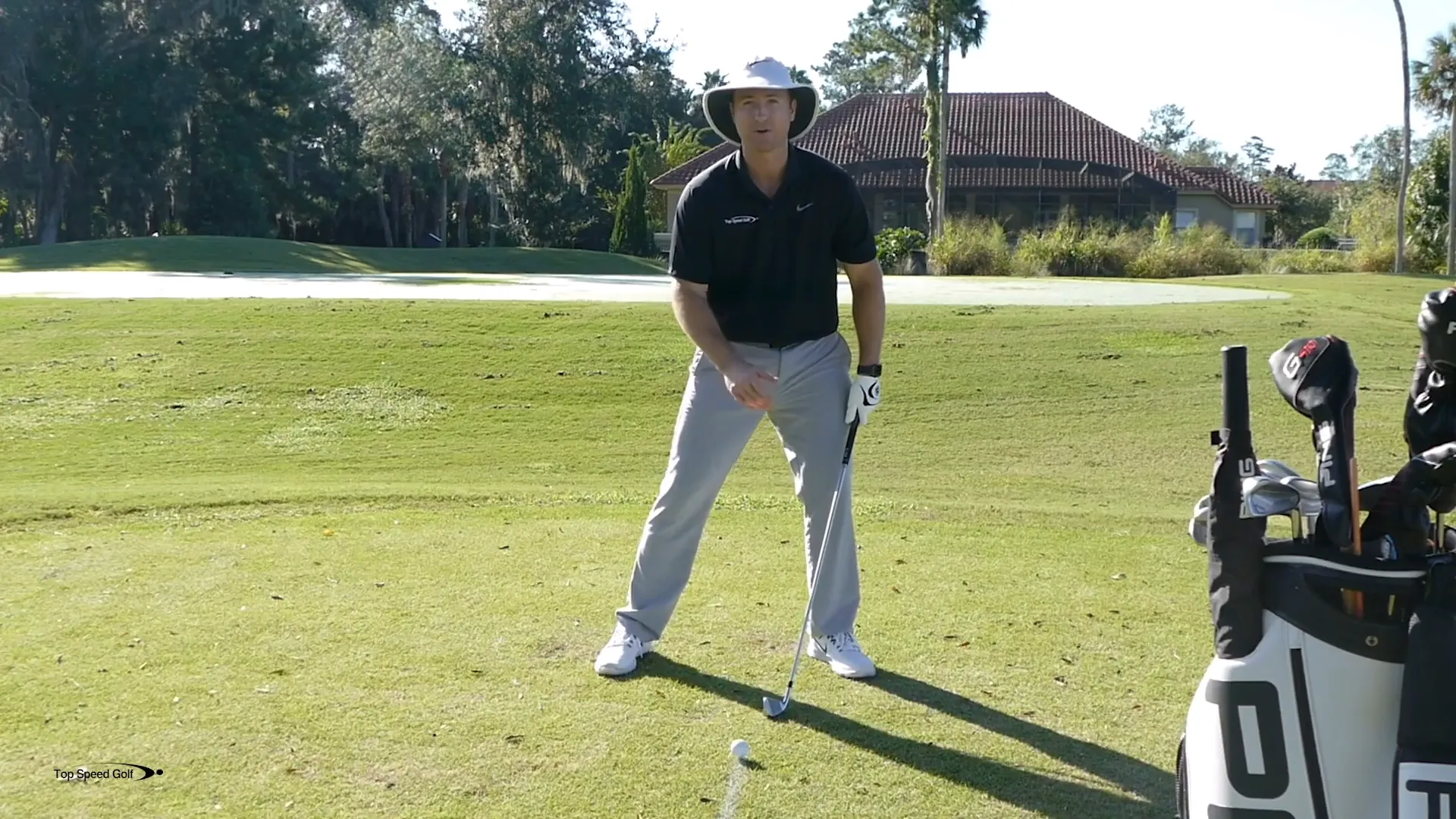
2. Hand Positioning
Another common issue is flipping at the ball. Many golfers scoop their hands to try to get more power or height, but this often leads to inconsistent contact. Instead, professionals keep their hands lower during the downswing.
To improve this, practice getting your hands low as you approach the ball. Imagine your hands scraping the ground as you make your downswing. This allows the club to glide through the turf and creates a cleaner strike. Do about 20 reps of this motion to really ingrain the feeling.
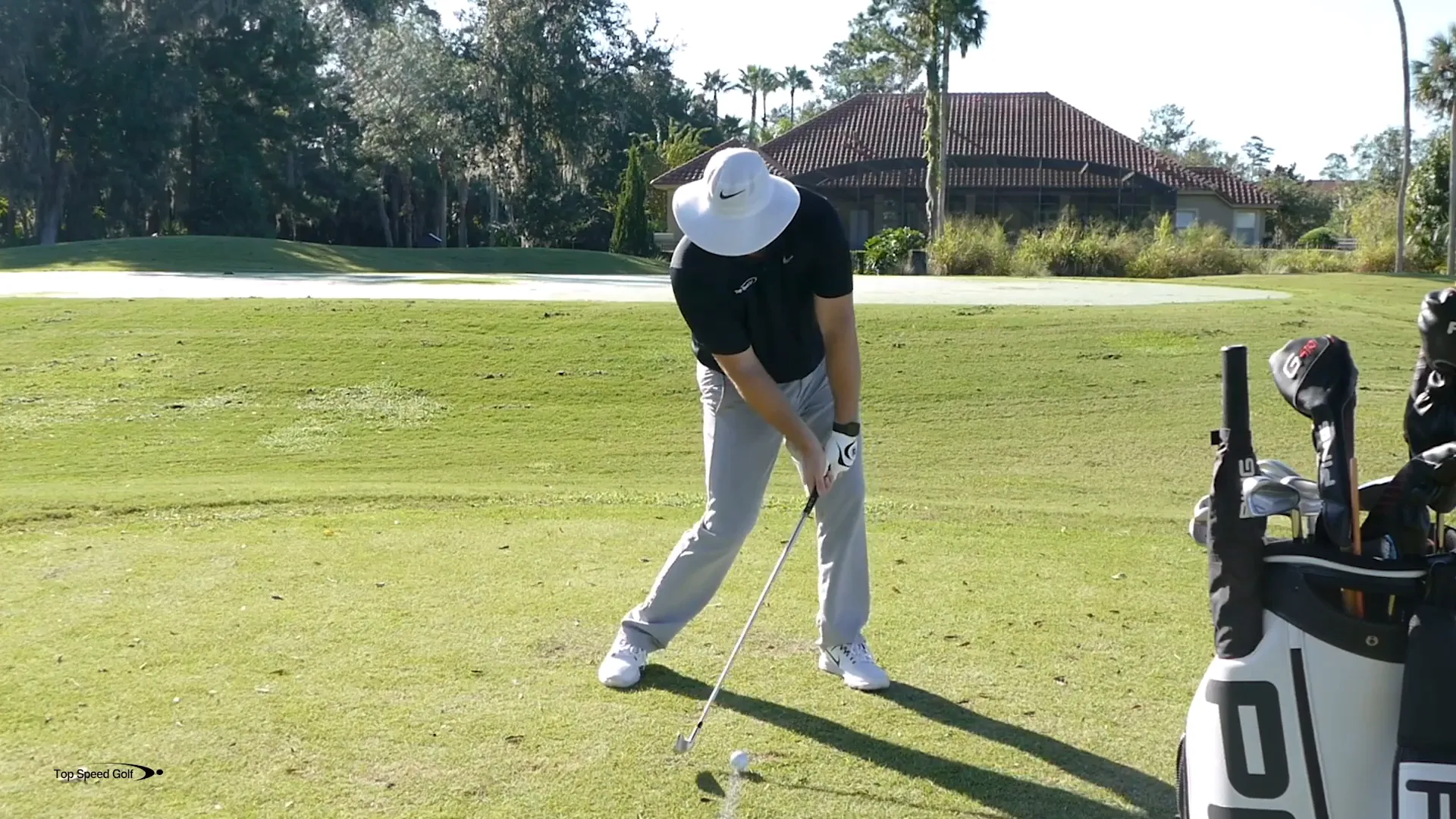
3. Weight Distribution
Lastly, let’s discuss where your weight should be during your swing. A common mistake is starting with too much weight on the left side. Instead, begin with your weight on the inside of your right foot before making your swing.
As you take your backswing, push slightly into your right foot. Then, as you start your downswing, shift your weight to the left. A great drill to practice this is the step drill: as you take your takeaway, lift your left foot slightly off the ground. This helps to ensure your weight is properly distributed before you swing down.
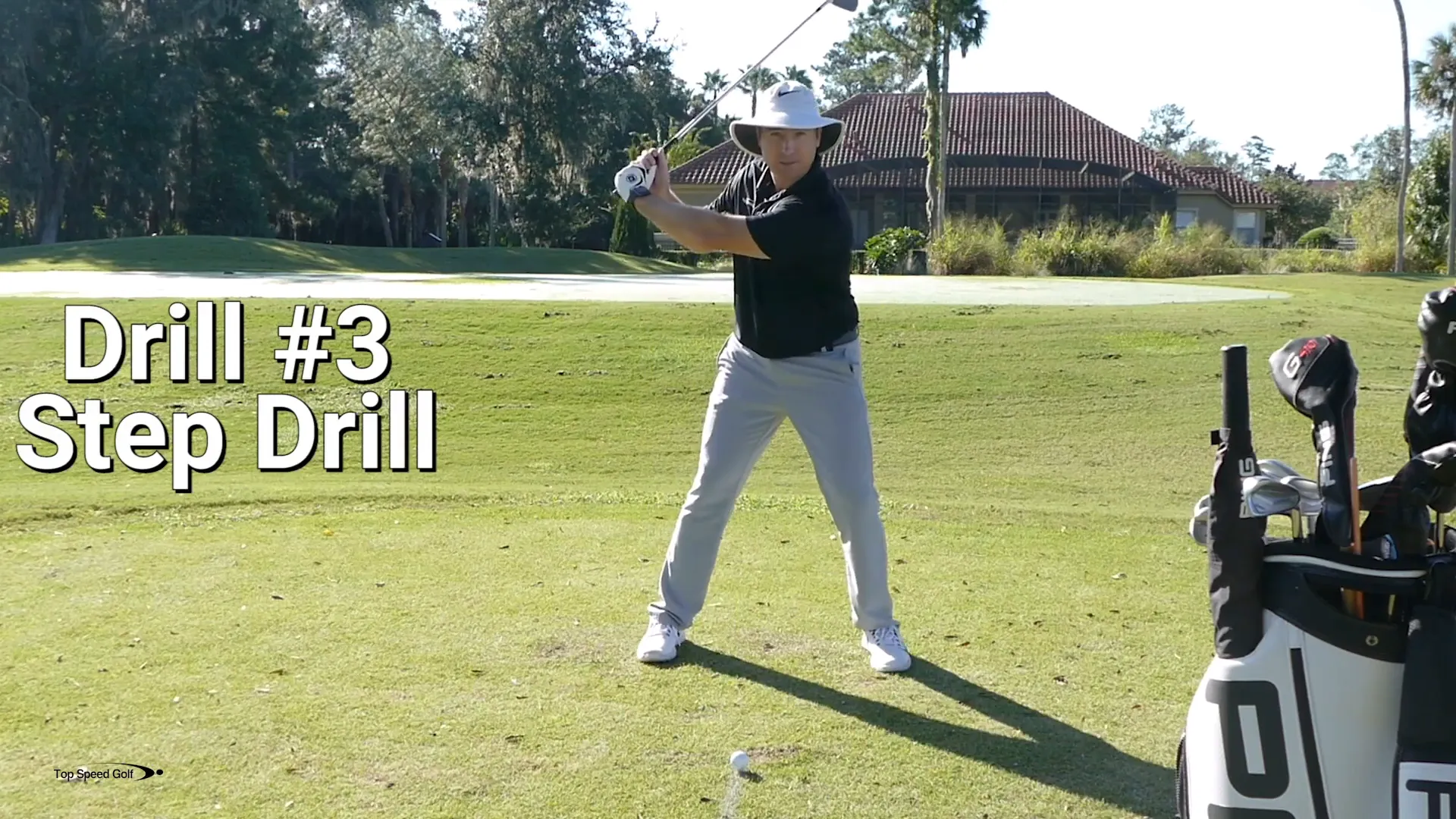
Putting It All Together
By focusing on these three areas—maintaining posture, hand positioning, and proper weight distribution—you’ll begin to see improvements in your swing consistency. Remember, hitting the ground before the ball is not just a mistake; it’s a symptom of deeper issues that can be corrected with practice. The more you work on these drills, the more automatic they will become.
Finally, consider integrating the straight line release technique into your practice. This method teaches you to maintain the club lagging behind and to release the shaft forward, rather than flipping it back at impact. This will not only improve your consistency but also your overall game.
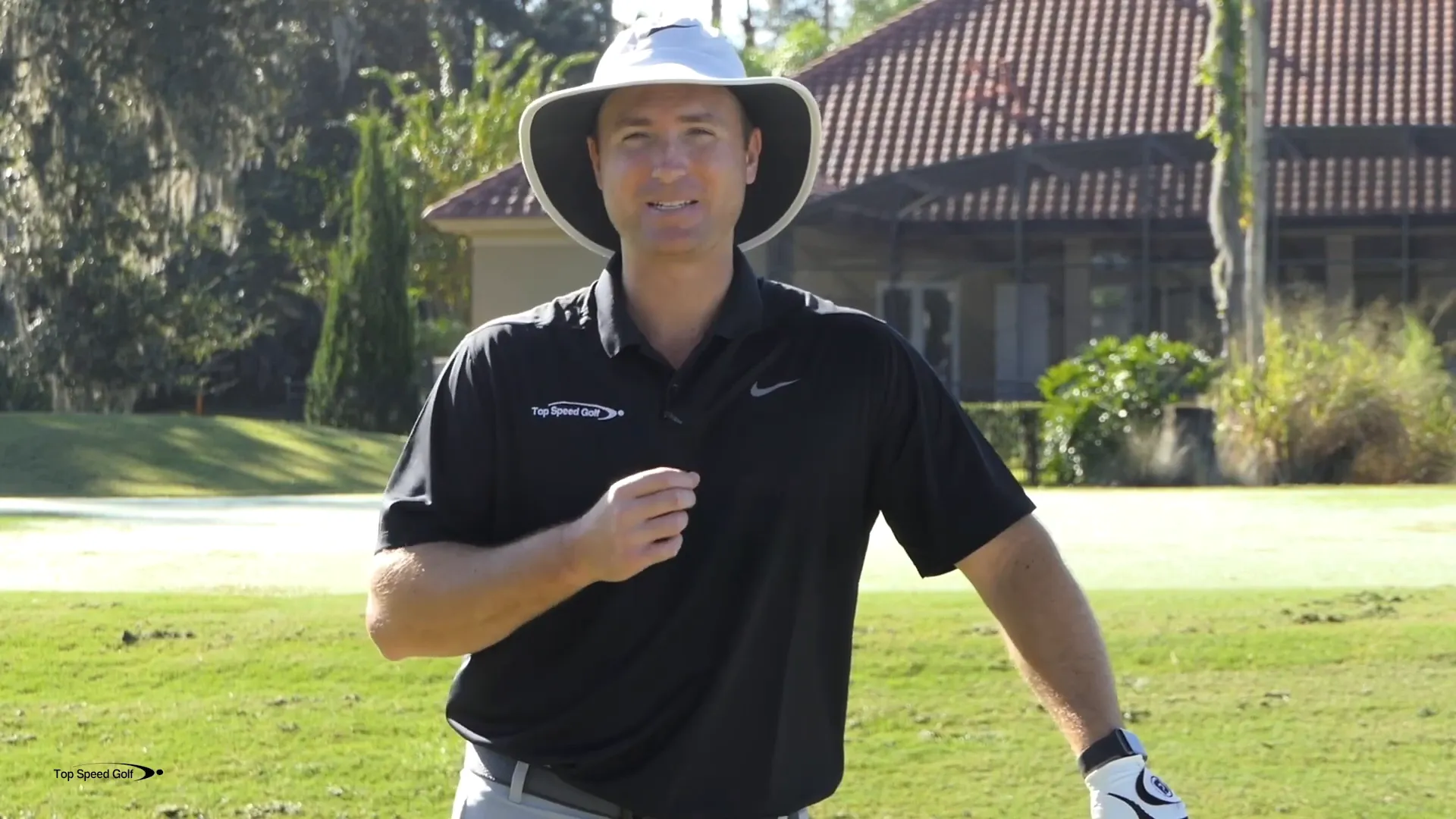
So what are you waiting for? Start working on these drills today, and watch how your swing transforms over the next few days. Your journey to a more consistent golf game begins with understanding and correcting these key movements.

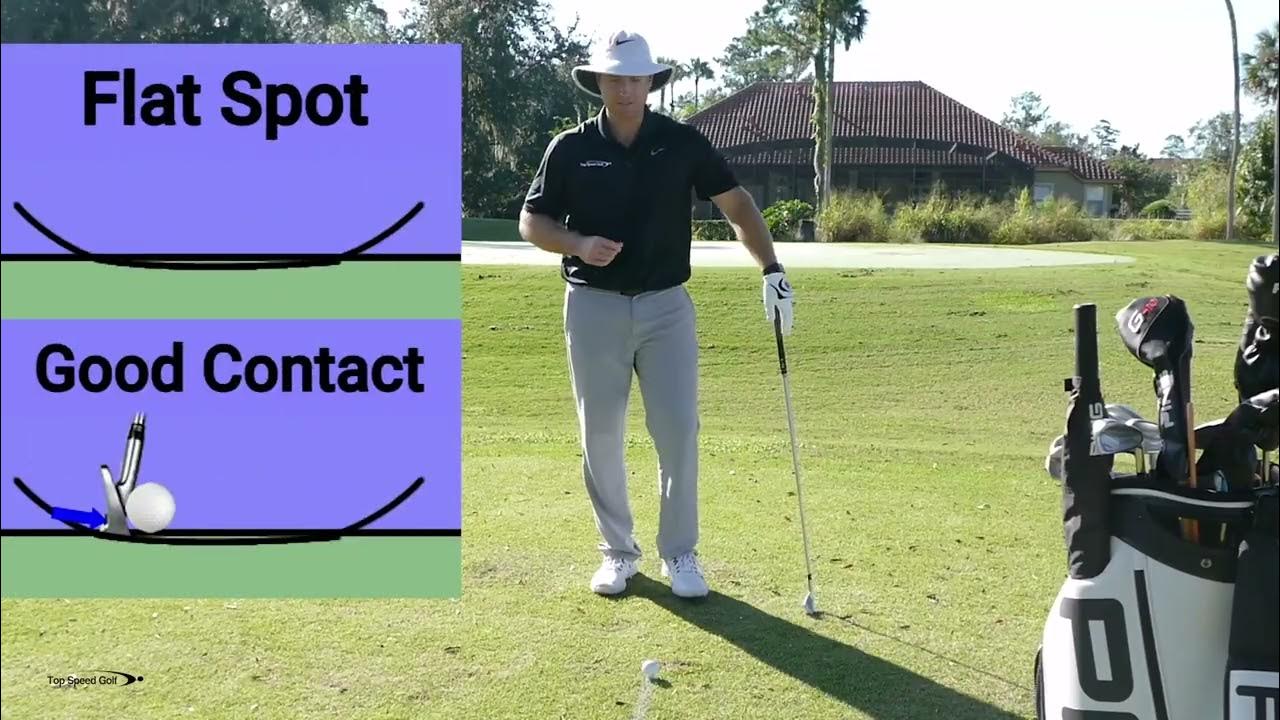
0 Comments